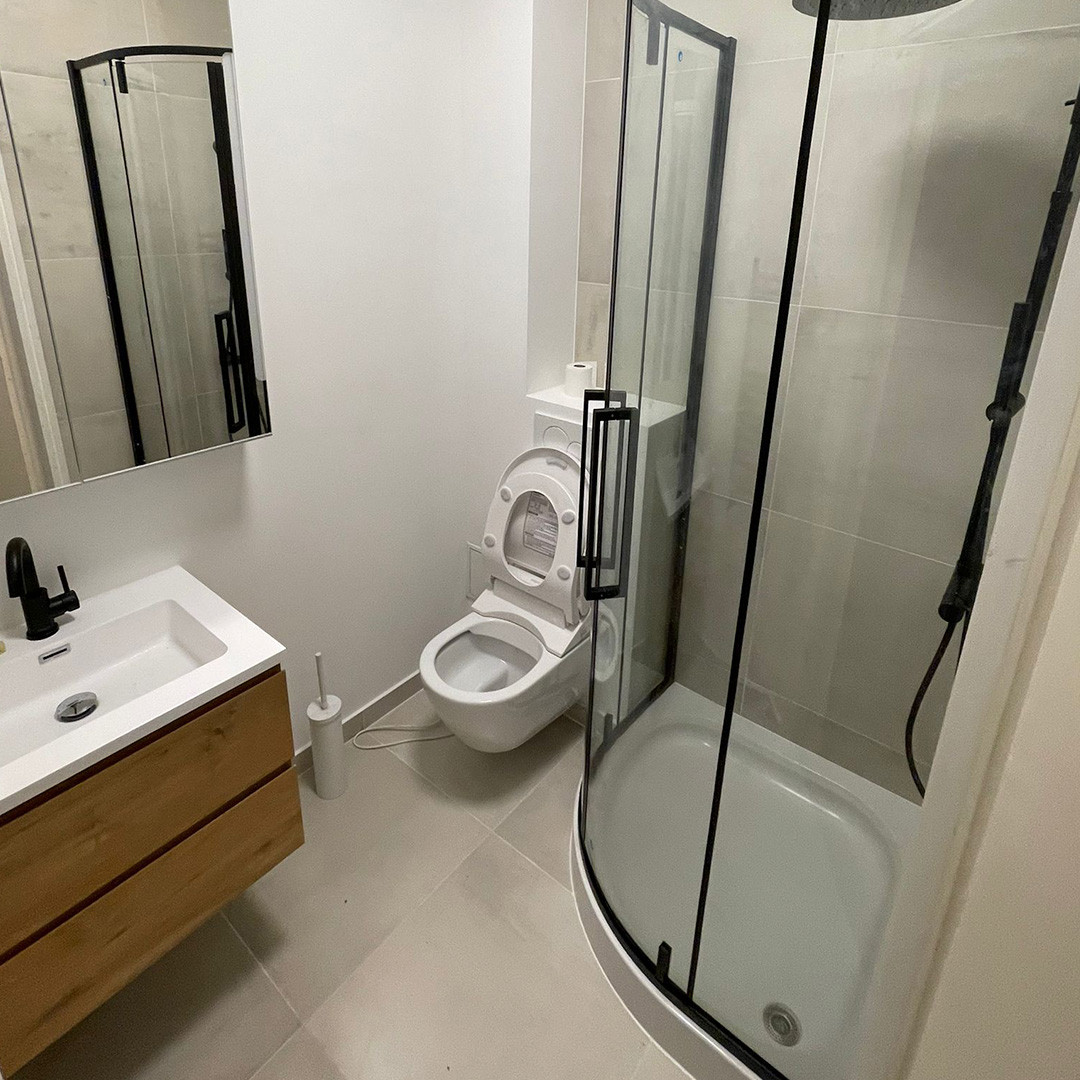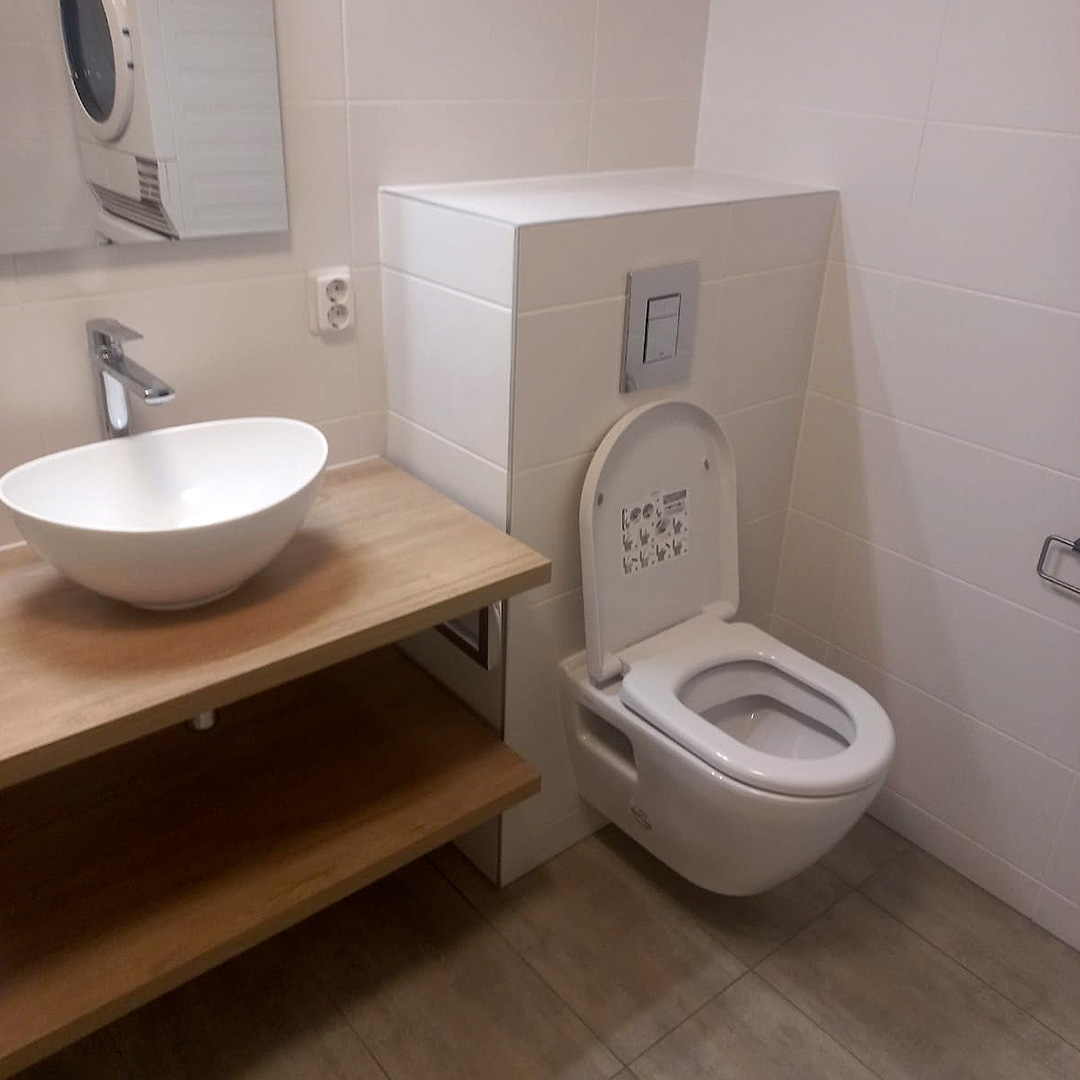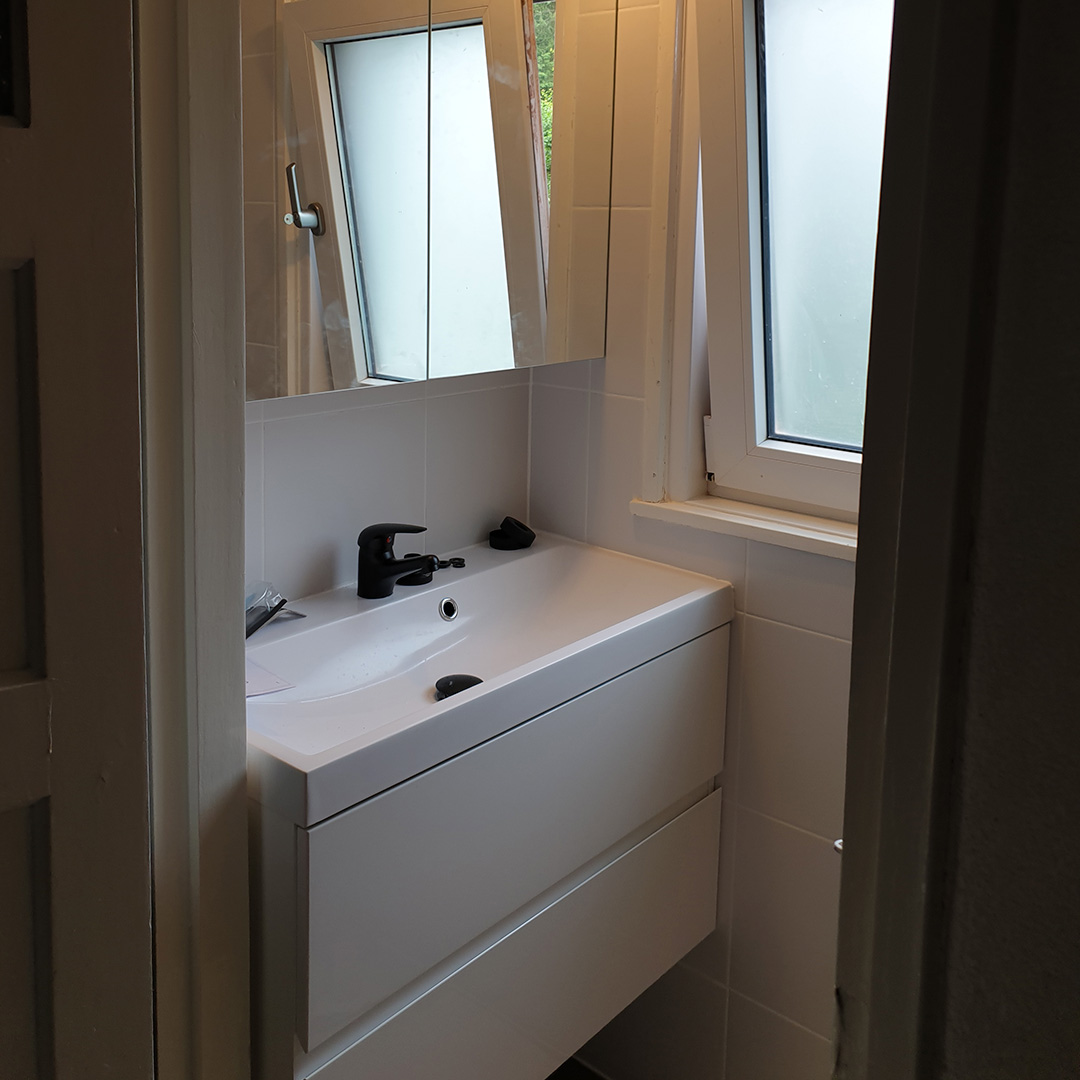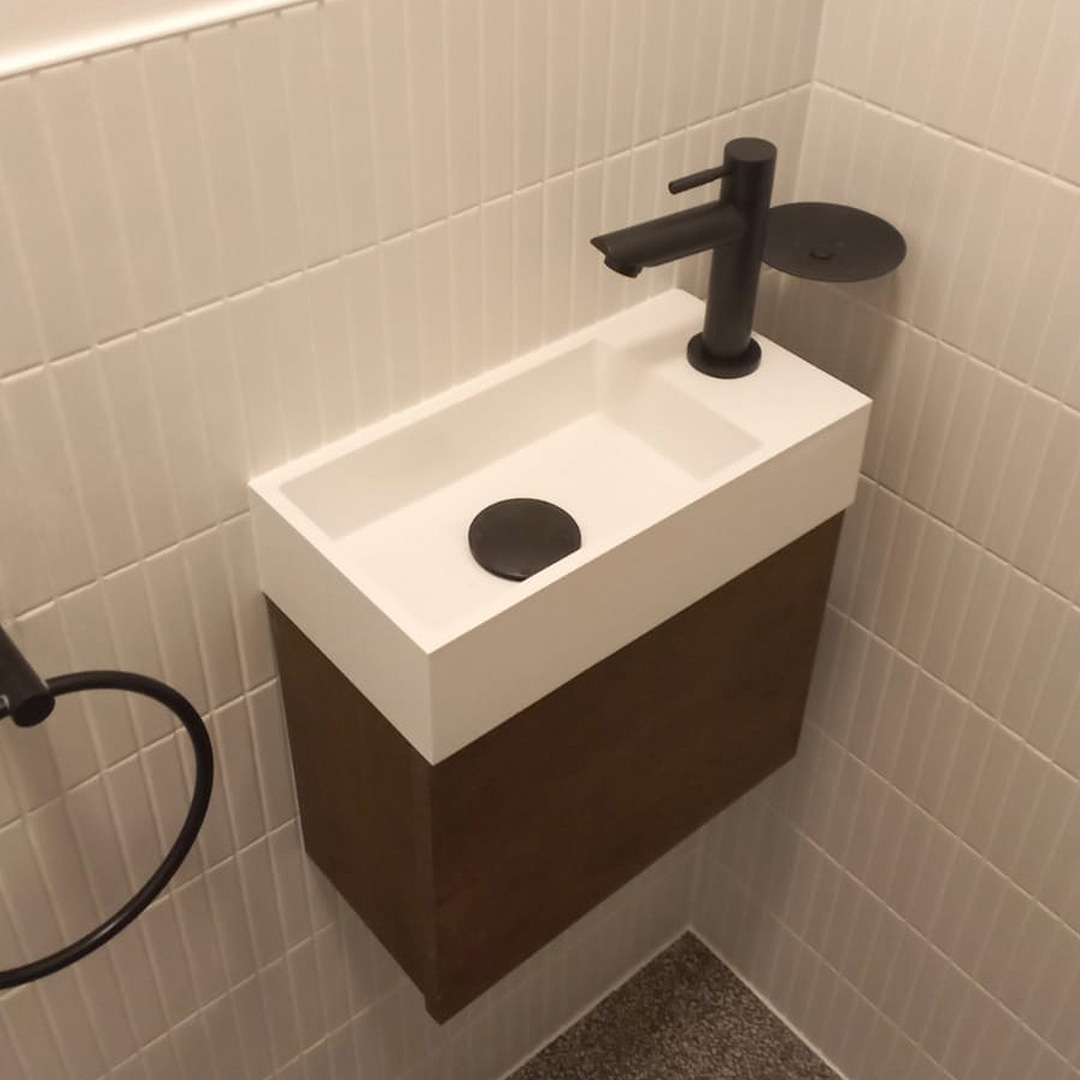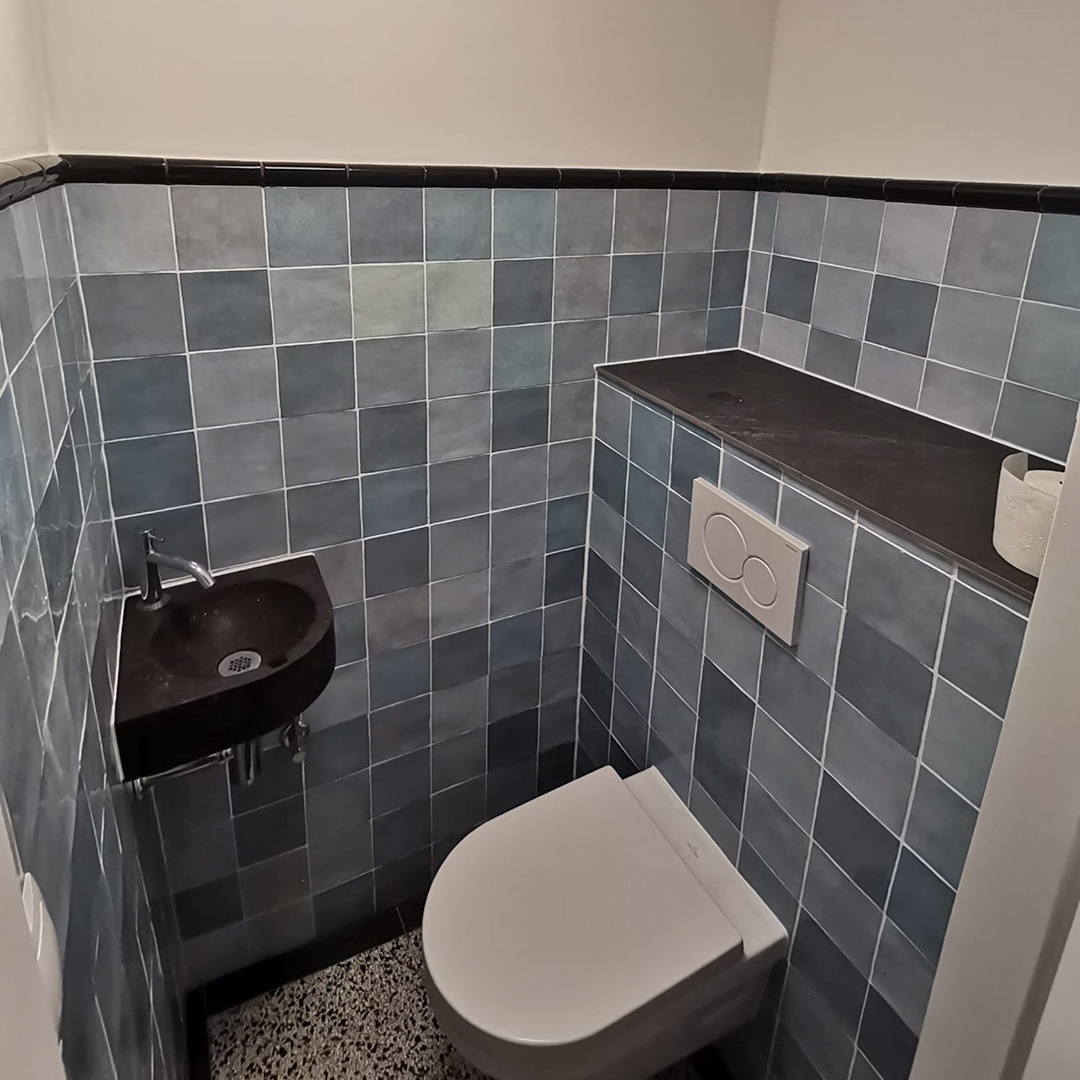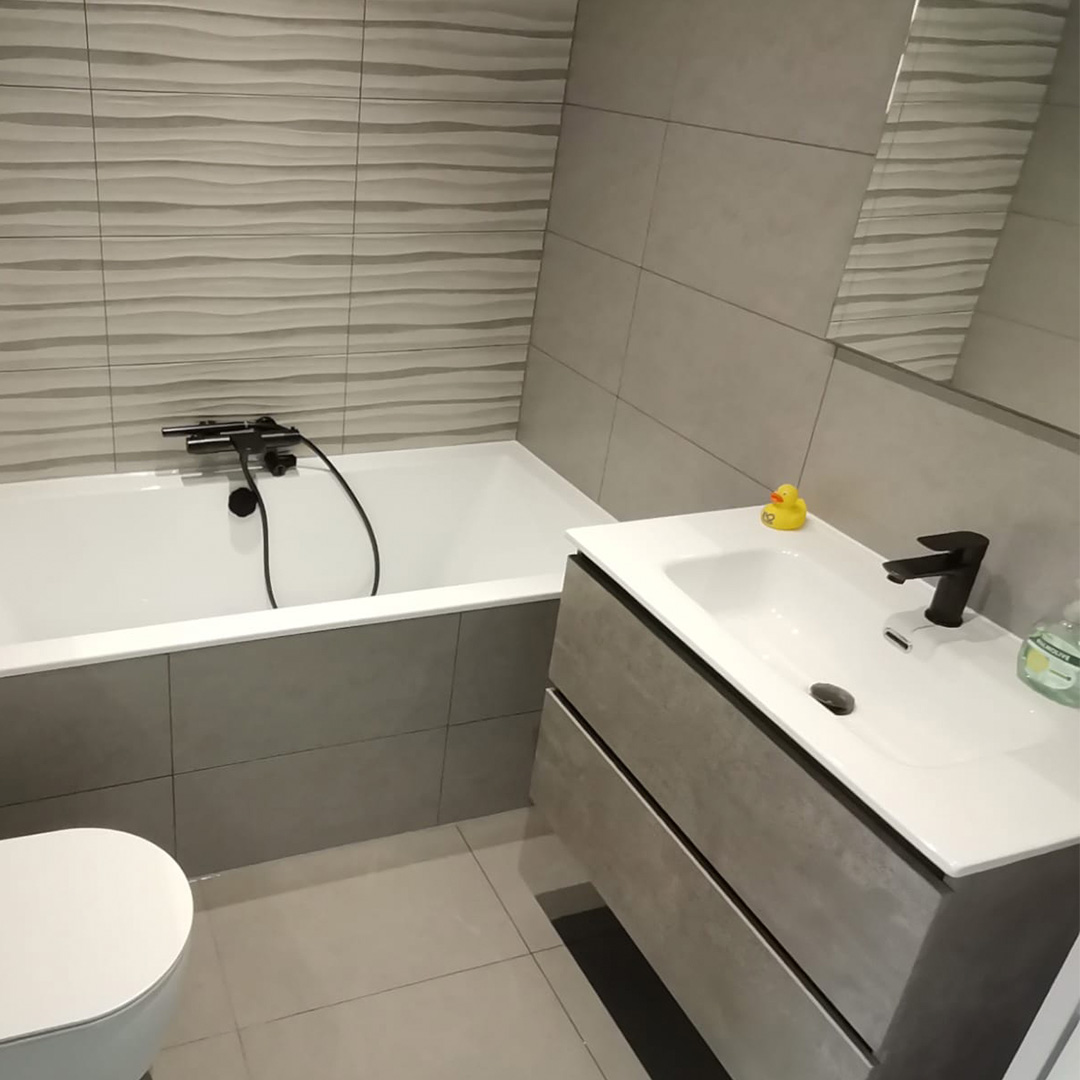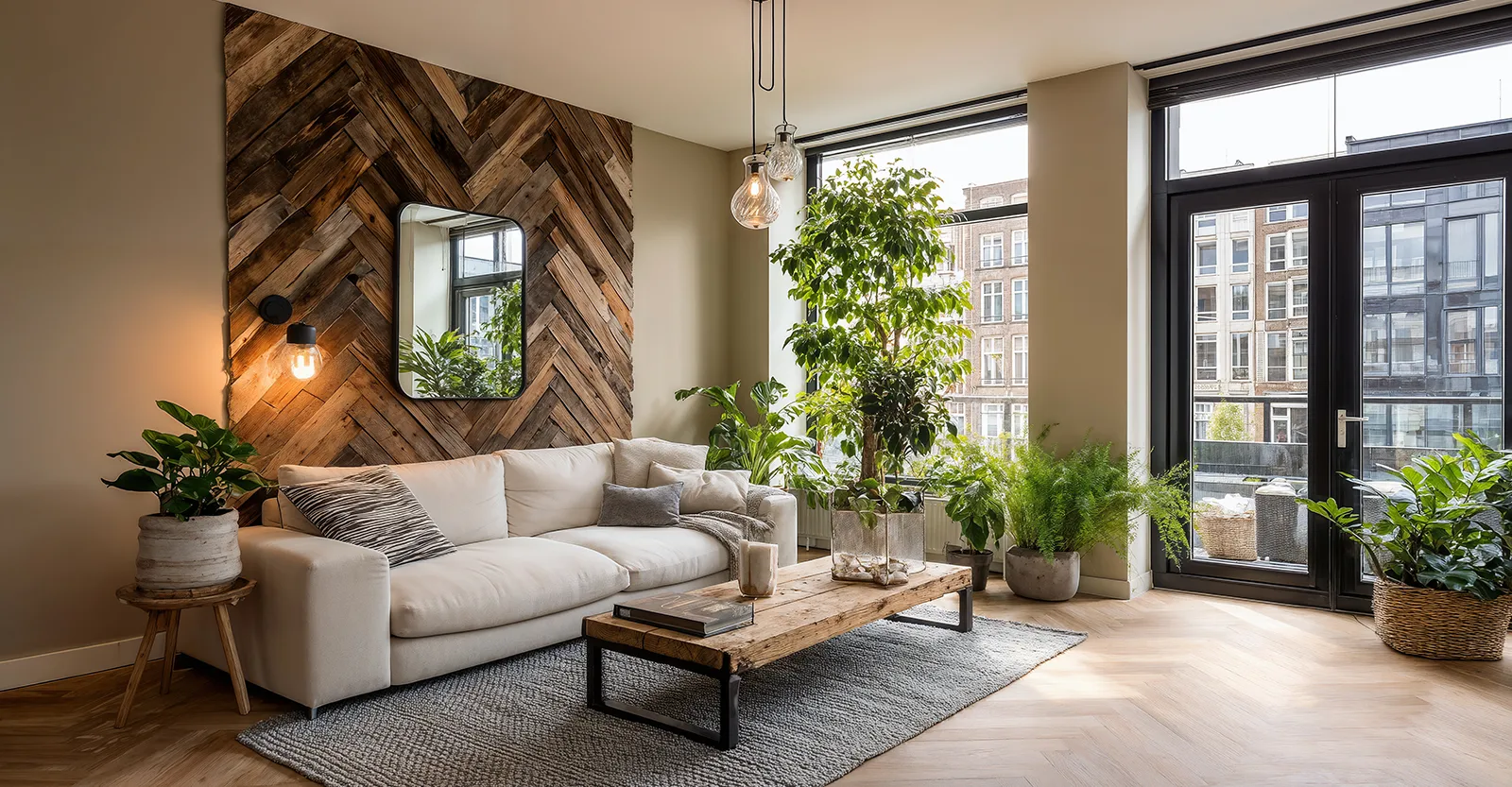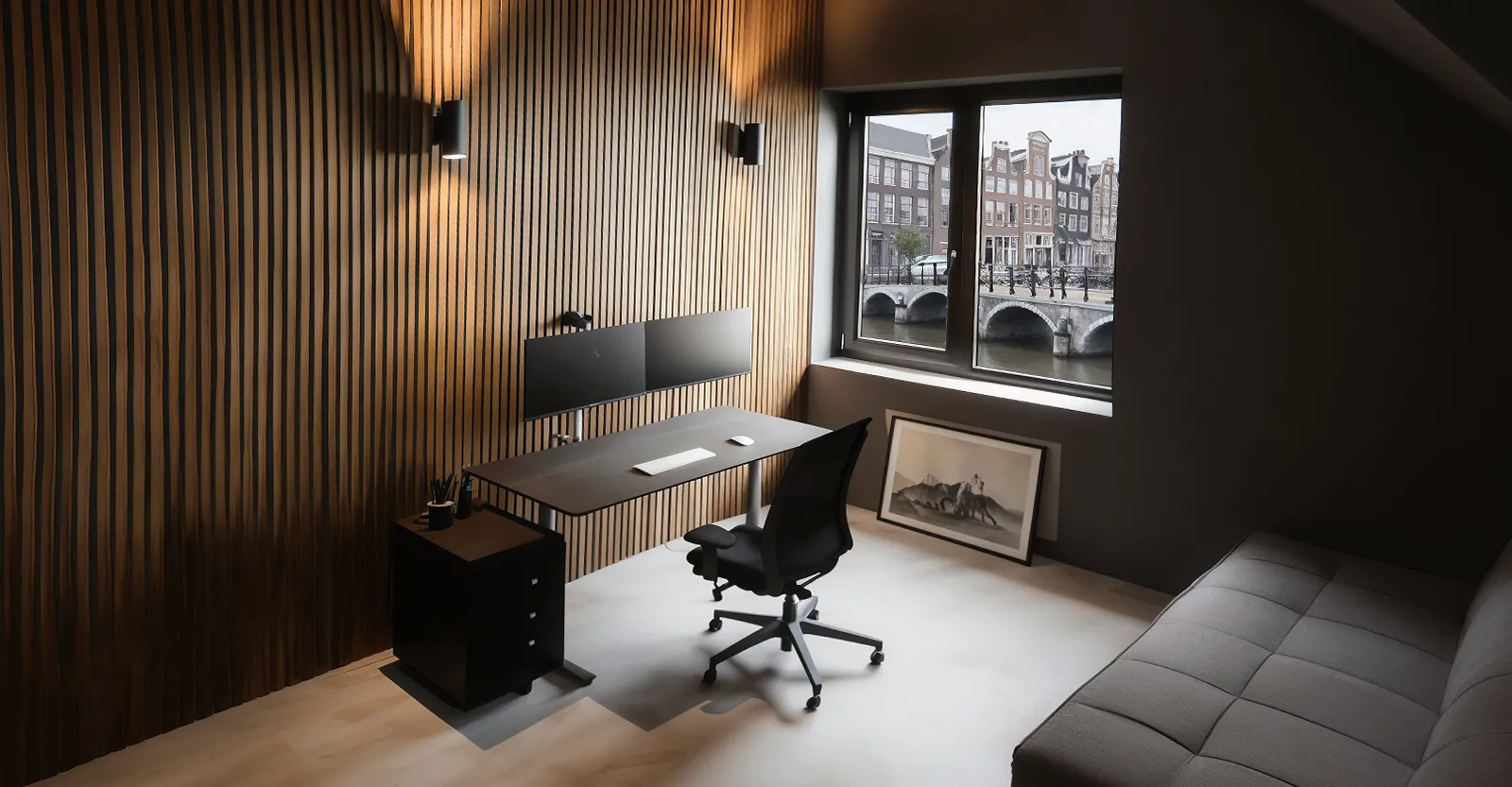In our modern, energy-efficient homes, the air we breathe is often more polluted than we realize. Trapped by sealed windows and insulation, common household toxins from furniture, paint, and cleaning products can build up over time. Fortunately, there’s a simple, beautiful solution: choosing the right indoor plants that purify air.
These natural air filters don’t just add a touch of green to your decor; they actively work to create a healthier living environment.
How Plants Clean the Air You Breathe
The science is surprisingly simple. Indoor air often contains harmful volatile organic compounds (VOCs) like formaldehyde and benzene. Through a natural process, plants absorb these pollutants through their leaves and root systems.
They then break them down into harmless substances, effectively scrubbing the air clean. Some plants also release moisture, which helps combat the dry air produced by central heating systems, preventing irritated eyes and dry skin. It’s a low-effort, high-impact way to improve your home’s atmosphere.
Top Air-Purifying Plants for Any Home
Ready to create your own green oasis? Here are some of the most effective and low-maintenance indoor plants that purify air:
1. Snake Plant (Sansevieria trifasciata)
Often called the “mother-in-law’s tongue,” this hardy plant is a champion air purifier. It’s particularly effective at filtering out formaldehyde and is one of the few plants that releases oxygen at night, making it perfect for the bedroom.
2. Spider Plant (Chlorophytum comosum)
Ideal for beginners, the resilient spider plant is a powerhouse against carbon monoxide and xylene. Its cascading leaves make it a great choice for a hanging basket.
3. Peace Lily (Spathiphyllum)
With its elegant white flowers and glossy leaves, the peace lily is a beautiful addition to any room. It excels at removing ammonia, benzene, and formaldehyde from the air.
4. Aloe Vera
Famous for its skin-soothing gel, aloe vera also works hard to clear the air of formaldehyde and benzene. Place it on a sunny windowsill, and it will thrive with minimal watering.
5. Boston Fern (Nephrolepis exaltata)
This classic fern is a natural humidifier and is especially good at removing formaldehyde and xylene. It loves humidity, so it’s a perfect fit for a bright bathroom. [external link: NASA Clean Air Study].
The Health Benefits Go Beyond Clean Air
Improving your home’s air quality has a direct impact on your well-being. Poor indoor air contributes to everything from headaches and fatigue to respiratory issues. By introducing air-purifying plants, you can help reduce these symptoms and create a healthier space.
Furthermore, the simple act of caring for plants has been shown to reduce stress and boost mood. Their presence connects us to nature, creating a calming effect that combats the pressures of modern life. [internal link: our guide to creating a mindful home].
How to Integrate Plants into Your Design
Adding plants to your home should feel effortless and natural. In Dutch interiors, where minimalism and function reign, plants provide a perfect pop of life and color.
-
Use vertical space: Place trailing plants on top of bookshelves or in hanging planters.
-
Create a focal point: A large statement plant, like a Fiddle Leaf Fig, can anchor an empty corner.
-
Group them together: Cluster smaller plants of varying heights on a side table for a lush, curated look.
Ultimately, incorporating plants is more than a design trend. It’s a simple, sustainable step towards a healthier lifestyle. By choosing the right indoor plants, you can transform your home into a sanctuary that not only looks beautiful but helps you feel your best.

